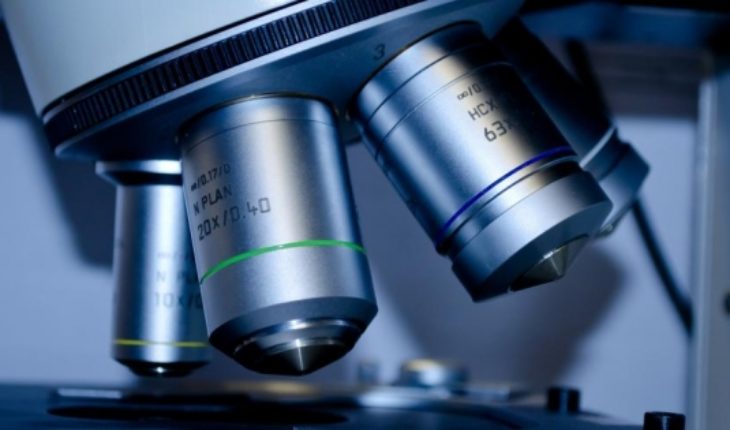Scientists from the Spanish Institute of Biomedical Research of Bellvitge (Idibell) took advantage of the genetic similarities between humans and a one-millimeter worm called Caenorhabditis elegans to identify posi weak spots or vulnerabilities of some tumor cells.
The center explained that the study, led by Dr. Julián Cerón and published in the journal PLoS Genetics, mimics the carcinogenic mutations of a human gene in the worm.
Thus, for example, the human gene SF3B1 that is mutated in different types of cancer, mainly in leukemias, but also in some breast or prostate tumors, is very similar to the sftb-1 gene of the worm.
They are so similar that the amino acid sequence in the regions most affected by cancer mutations is 89% identical.
This breakthrough will allow many more molecules derived from Pladienolide B to be tested, a molecule from which a drug that is being clinically triald for cancer treatment is derived. Thus, the most efficient one can be selected as an anti-tumor agent.
The functional replacement of C. elegans proteins by their human counterparts will allow these humanized worms to be used to investigate disease mechanisms and predict the involvement of certain mutations in the development of diseases.
This system would also serve to look for new drugs in a fast, efficient, and ethically responsible manner.
translated from Spanish: They use worms to identify human tumor cell weaknesses
October 28, 2019 |





